The question of how to increase website traffic never gets old.
Blogger, business owner, or seasoned digital marketing pro — you will be always chasing down new untapped traffic sources and trying out new traffic strategies.
Rightfully so since search engines and social media networks constantly change their algorithms.
So how to drive traffic in 2022? What’s working and what’s not? You’ll get answers to the questions and more from this post!
Table of Contents:
- Content Marketing
- SEO
- Advertising
- Email Marketing
- Social Media
- Influencer Marketing
- Online Communities
- Best Free Tools
- FAQs
How To Increase Website Traffic With Content Marketing
Content marketing is the process of creating, publishing, and distributing different types of content to reach a wider audience.
In essence, every marketing tactic that a) has to do something with content (written, visual, audio, or video) or b) isn’t outbound marketing can be characterized as content marketing.
Sounds a bit overwhelming?
Well, let’s break things down into clearer steps.
1. Create Editorial Calendar
An editorial calendar is a comprehensive planner, covering all your publishing activities across different content distribution channels — your website, blog, social media, and third-party resources.
The goal of an editorial calendar is to provide a single-pane view of all your activities and keep track of progress.
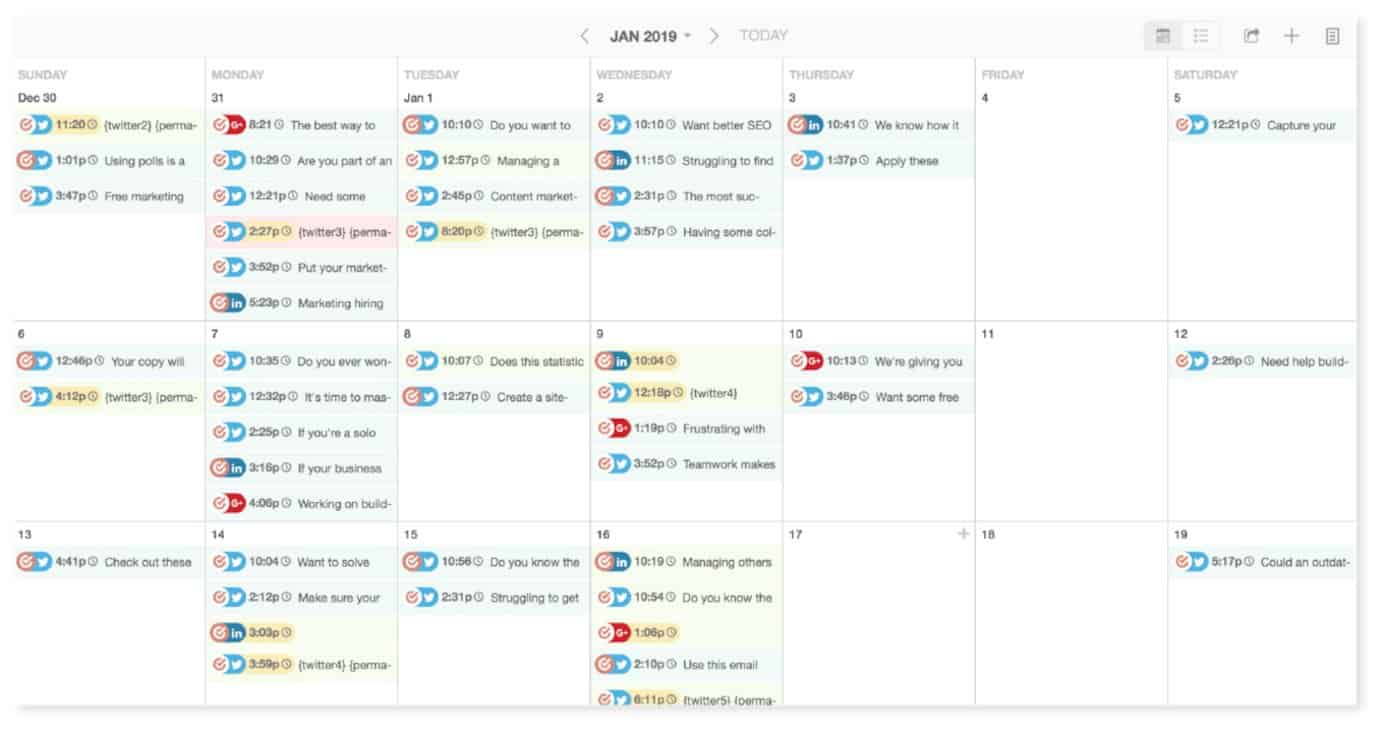
2. Establish Content Writing Guidelines
Content writing guidelines help standardize the quality of content you produce. Developed as part of a website style guide, they detail:
- Content formatting requirements
- The preferred tone of voice
- Content lengths
- Image use
- Fact-checking and citing requirements
- Internal and external linking
- Editorial workflow
- SEO requirements
3. Document and Streamline Process
The goal of an editorial calendar and content writing guidelines is to help you standardize the content creation process. So that each writer you work with understood your expectations and produced new pieces in line with all the requirements.
These two assets set a baseline system for a documented content marketing process — a systemized and repeatable workflow for producing, editing, publishing, and distributing content.
Try these content marketing templates to get organized:
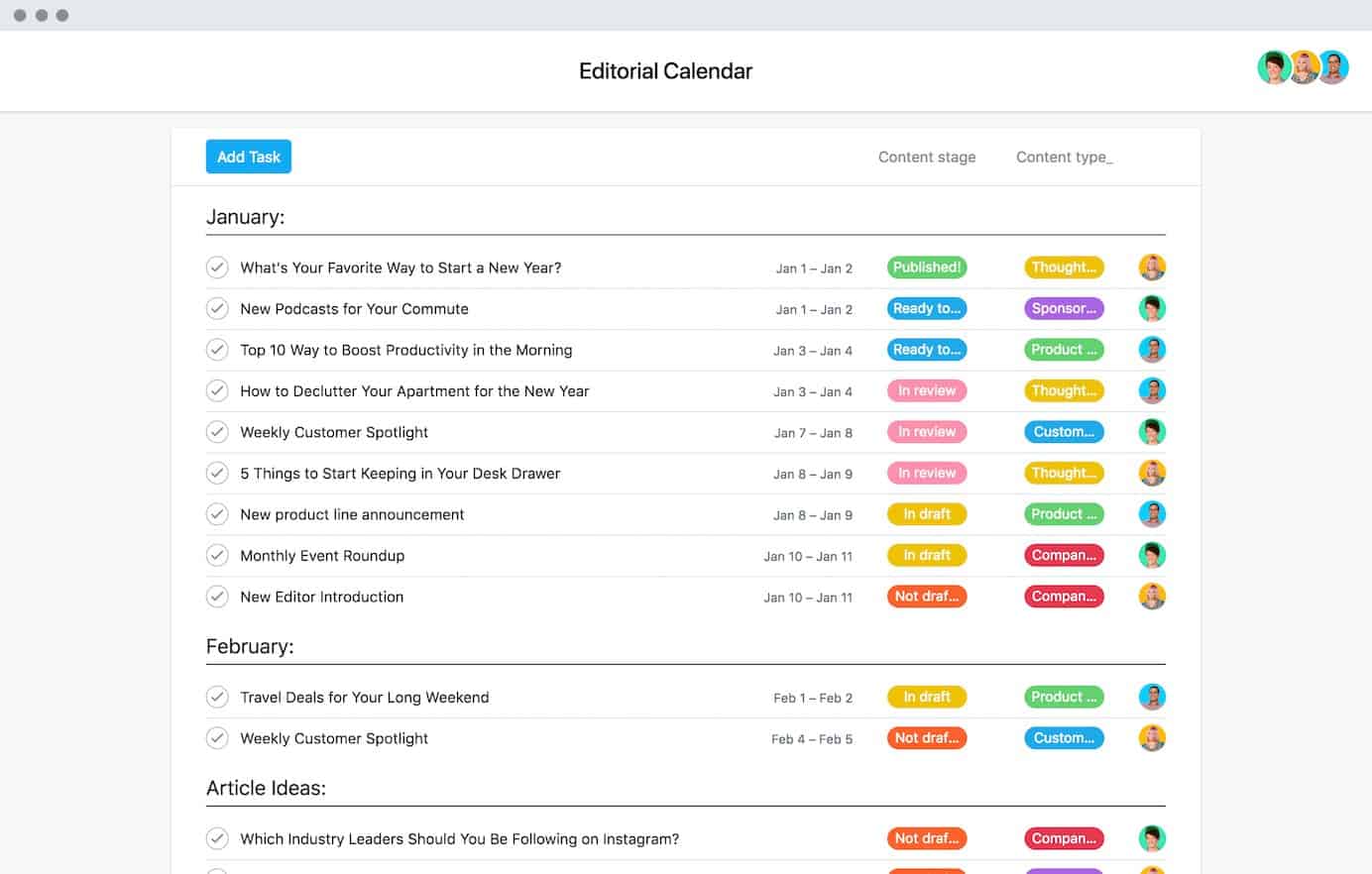
4. Create Educational Content and Tutorials
Once you set a formal system for managing the content flow and quality, it’s time to get to writing. Determine which types of content you’d want to produce based on your target audience preferences, niche, and competition.
Some of the popular types of marketing content include:
- Blog posts
- Whitepapers
- eBooks
- Case studies
- Social media posts
- Videos
- Podcasts
- Infographics
- Influencer content
- User-generated content
To increase website traffic, we primarily rely on long-form blog posts, educational guides, and tutorials:
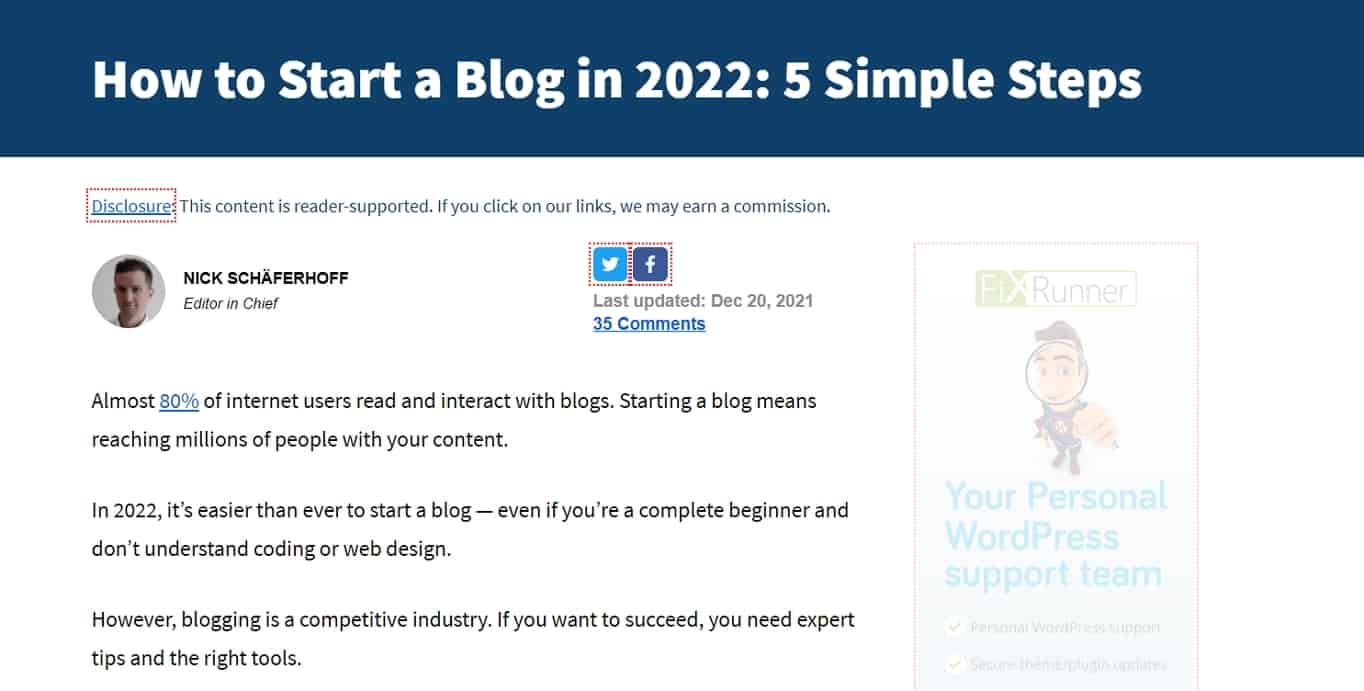
5. Gather Data and Publish Reports
Getting traffic to a new website can be hard. Especially, when you don’t yet have a big copywriting content to churn new pieces daily.
So focus on quality over quantity in your early days. Go on a deep Internet dive and collect some interesting industry data, then pack it into a comprehensive report and publish it on your website.
Investing in one data-driven report pays off in many ways:
- Evergreen content: A detailed report will stay relevant for the long term and drive a consistent stream of traffic over time from different sources.
- SEO benefits: Search engines prefer authoritative content. By creating a well-researched piece, you send Google a strong signal for rankings.
- Content repurposing: Long-form content can be repurposed for sharing across different channels — social media, email marketing, guest blogging, etc. And such pieces can be adapted to other formats — audio, video, or visual content.
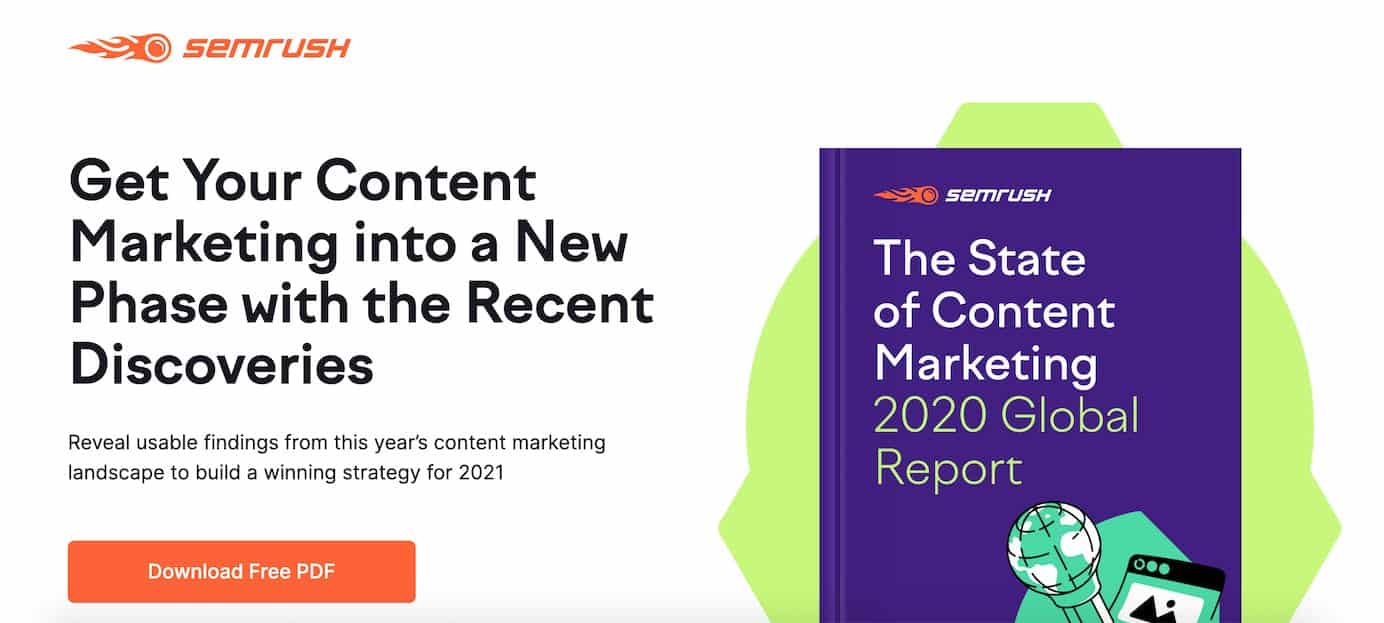
6. Start a Podcast
The number of podcast listeners in the United States reached 75 million in 2018, and it is predicted that the number will reach 164 million in 2024.
The growing popularity of podcasting makes it an excellent tool for traffic generation. You can add links to the relevant content you’ve mentioned in the podcast description, plus advertise your website name using voice to increase awareness around it.
7. Start a YouTube Channel
YouTube also grows bigger year over year. In 2020, people watched over one billion video hours daily on the platform.
By starting a YouTube channel, you can tap into that massive viewing habit and direct some of the views to your website.
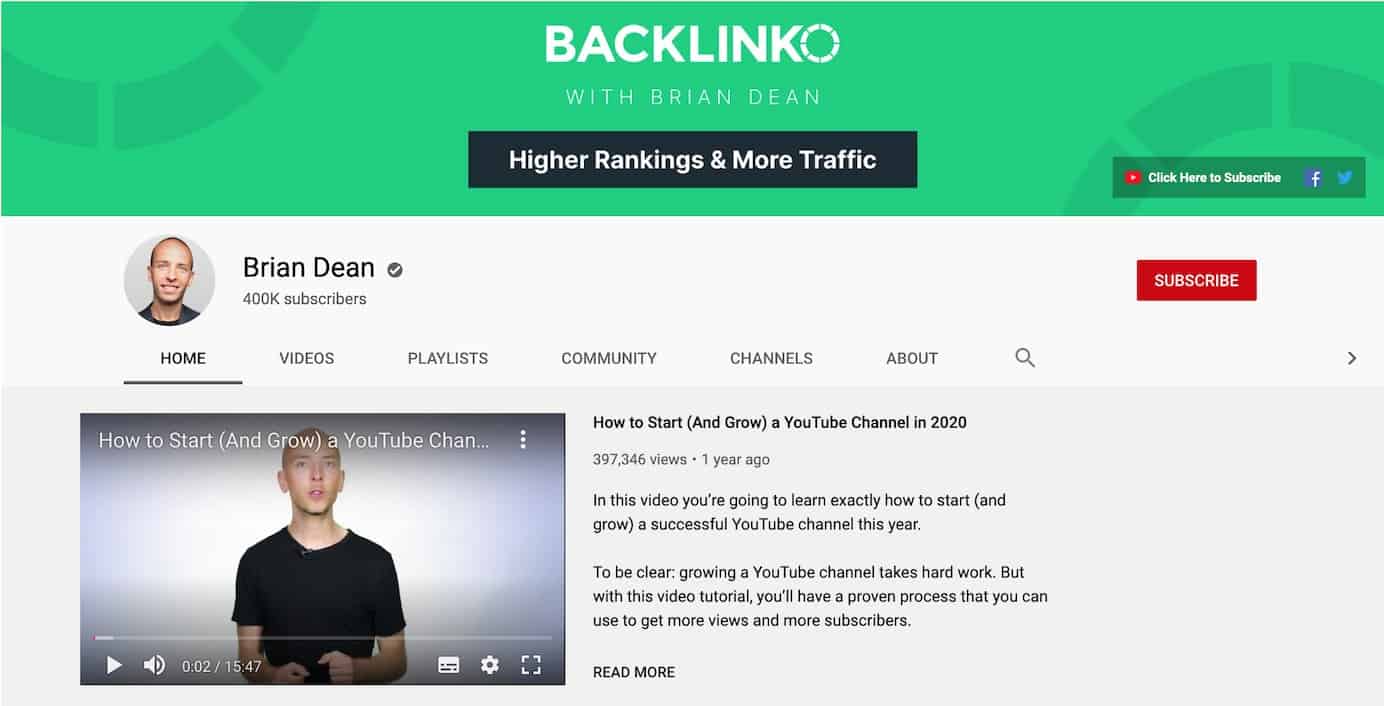
For example, Brian Dean from Backlinko runs a popular blog and a complimentary YouTube channel that he uses to promote his content offerings (guides, online courses, and other website assets).
8. Repurpose Content
Great blog posts have a long shelf-life. A data-backed post, published on your website can be later repurposed into:
- A series of social media posts
- Downloadable charts, graphics, PDFs
- The audio version shared on third-party platforms
- Narrated or screencast video
- Email marketing sequence
- Syndicated content for guest posting
9. Write Guest Posts and Press Releases
To reach a wider audience and drive referral traffic back to your website, you should also do blogging on other websites.
The easiest way to find guest posting opportunities is to use in-url:writer-for-us + [niche] or inurl:/guest-post/ + [niche] query on Google.
Both can help you find websites that accept guest submissions. Or look at some popular media publishers in your niche and see if they are expecting pitches/opinion pieces from authors.
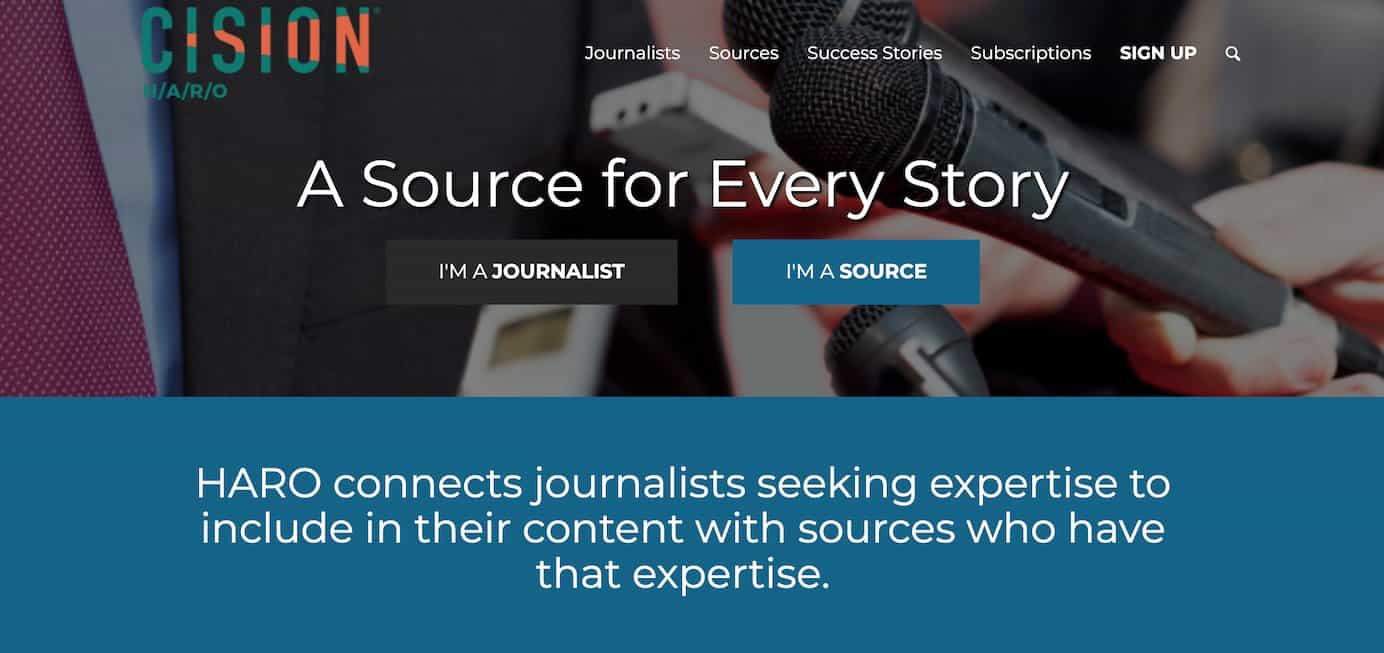
Alternatively, you can go after media opportunities using HARO — a free service connecting journalists with sources. Join HARO to pitch your press releases or story quotes to the media people, working on a story around your niche.
10. Create a Linkable Asset
A linkable asset is an in-depth piece of content, strategically optimized to drive backlinks. For example:
- An industry report or outlook
- Statistics round-up
- In-depth case study or tutorial
- Original research
- Storytelling based around unique data
- Interview series
- Free online tools
In essence, a linkable asset is any unique piece of content that shares a bunch of valuable insights others may want to reference in their writing.
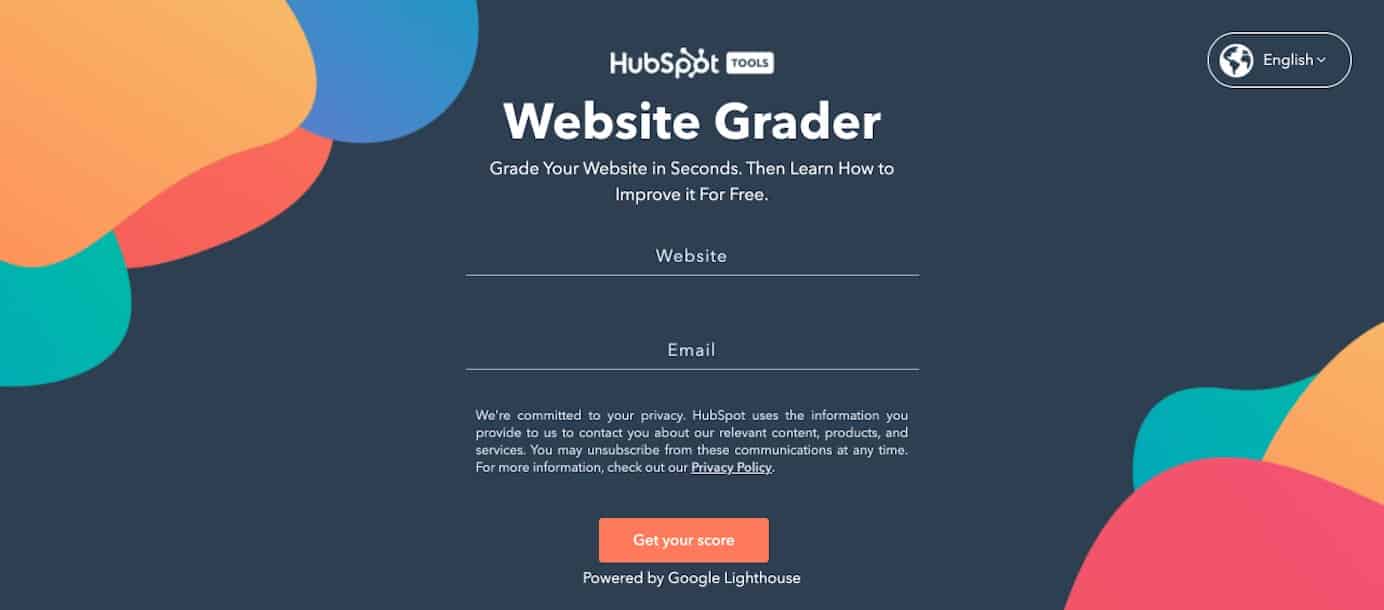
HubSpot, for instance, offers a free website grader tool that anyone can use. Since it’s pretty awesome, a lot of people naturally link back to it from their blogs and promote it on social media.
How To Increase Website Traffic Using SEO
If you are wondering how to increase website traffic organically, SEO (search engine optimization) is your best bet.
Here’s how to get started with SEO in 2022.
1. Perform Technical Audit
A technical audit is the first step to creating an on-page SEO strategy for your website. The purpose of your audit is to find gaps in your website’s performance and structure.
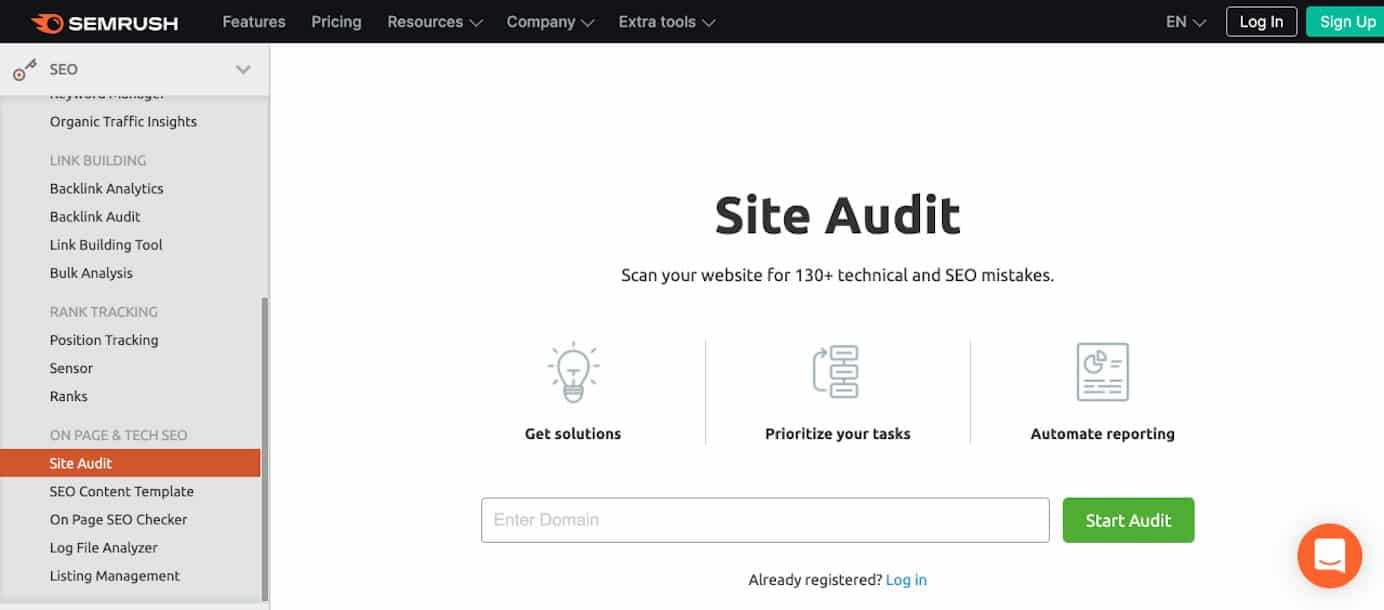
Helpful tools for technical SEO audits:
2. Technical Improvements
SEO audit tools help you locate areas of improvement for your website in terms of page loading speed, website usability, navigation, and coding.
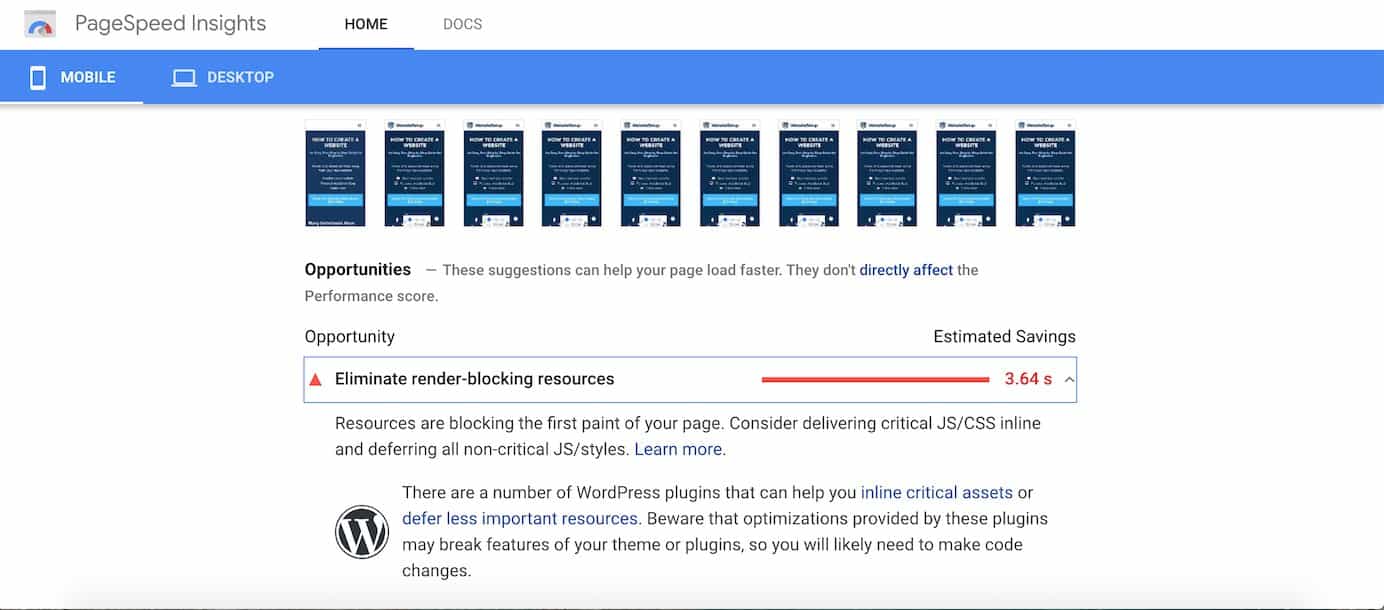
Make all the recommended fixes to win some bonus points from Google.
3. Use Keyword Research
Keyword research helps you determine which search terms your audience uses to find information and develop content around them.
When analyzing keywords, pay attention to monthly search volumes and competition numbers. You need to find low competition/high search volume keywords and incorporate them into your content. Doing so is the best way to rank a new website.
Useful keyword research tools:
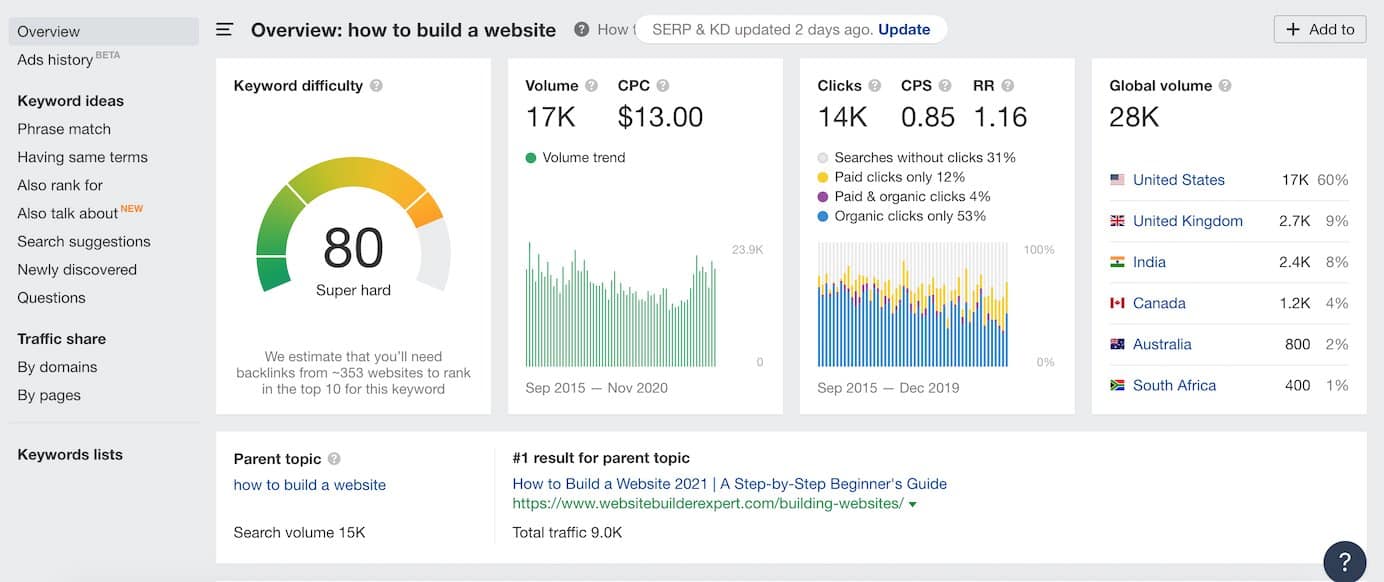
4. Align Content to Match the Search Intent
People hit up the web with a specific purpose in mind: to find informational, commercial, transactional, or navigational content.
- Informational search intent: “how to get something done”
- Commercial search intent: “product type X”
- Transactional search intent: “flights from X to Y”
- Navigational search intent: “access website X”
To rank well, your content has to match the user’s intent and help them act on their objective.
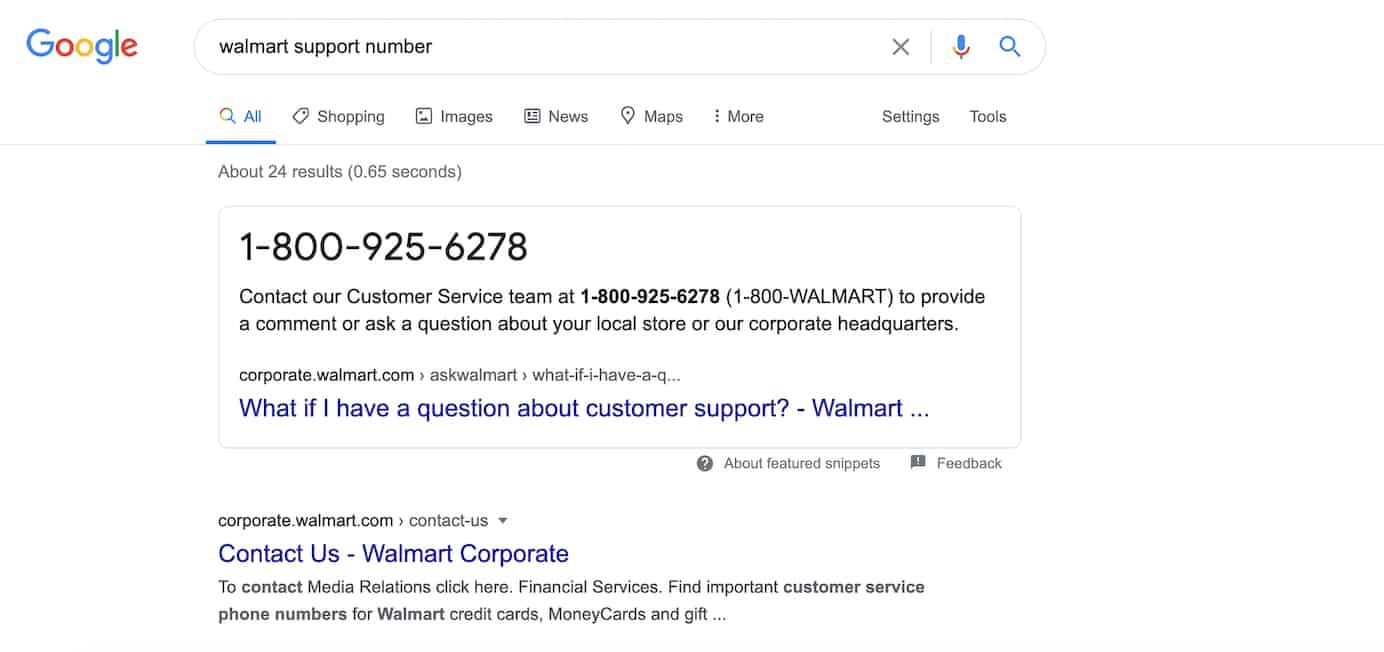 When using this query, the person clearly wants to get the phone number, not purchase goods from Walmart.
When using this query, the person clearly wants to get the phone number, not purchase goods from Walmart.
5. Use Internal Links
Internal links serve several purposes:
- Improve on-site navigation and content discoverability
- Boost time one site and pages per visit metrics
- Indicate semantic connection between topics
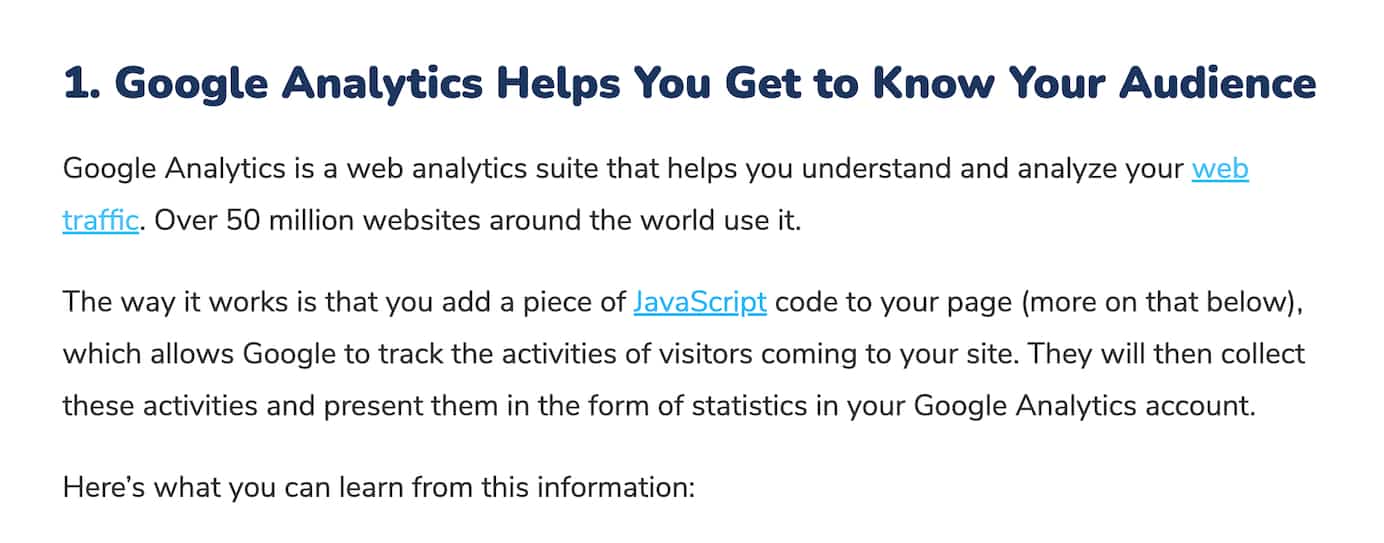 Here’s how we organize helpful links in one of our blog posts.
Here’s how we organize helpful links in one of our blog posts.
Thus adding internal hyperlinks to other relevant content of your website is an SEO must-do for more organic traffic.
6. Use Long-Tail Keywords
Long-tail keywords better describe user intent. When using such multi-word queries users have a clear agenda in mind. Once they find a good resource that provides the answer, they are likely to stick for longer.
One blog post can rank for a range of low volume, less competitive long-tail keywords, that together bring more search traffic than a top-3 ranking for a more competitive keyword.
You can find long-tail keywords with LSI Graph for free:
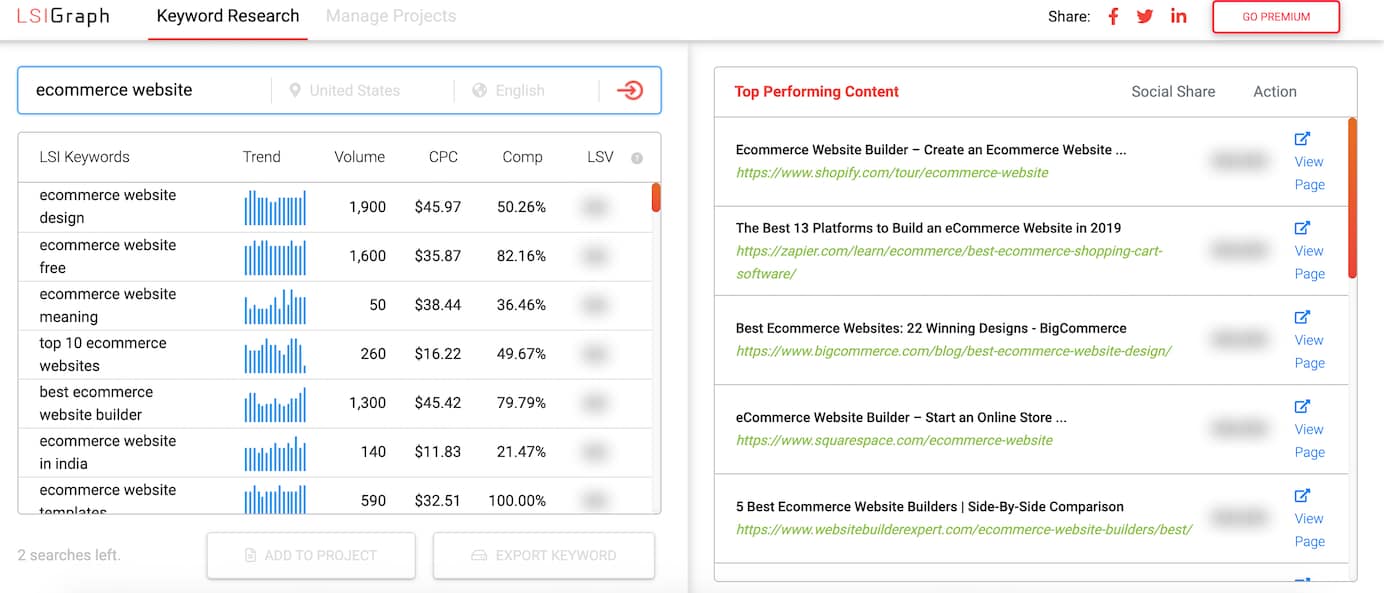
7. Optimize for Rich Snippets
Google Rich Snippets sit atop all other searches and attract a ton of clicks.
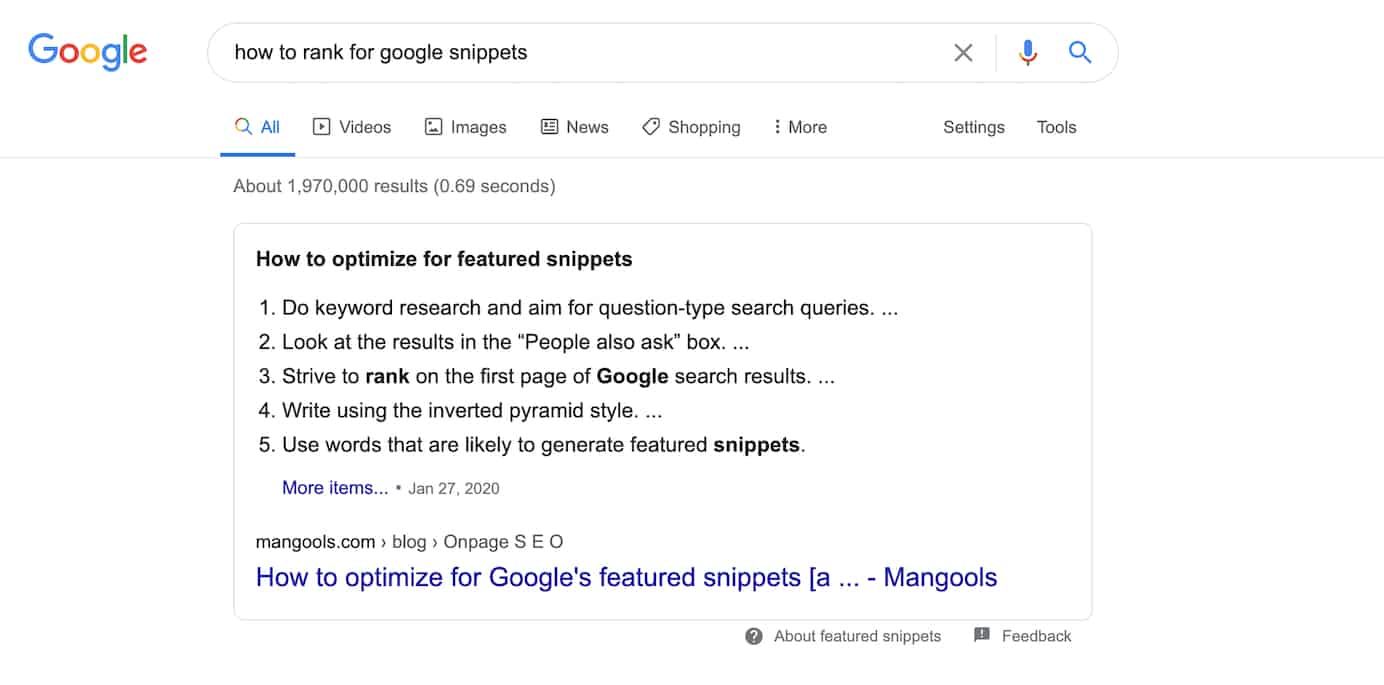
To rank for them, you look into question-styled queries and provide a good answer to them.
8. Answer Questions People Also Ask
Apart from using tools for keyword research, you should also analyze SERPs for different queries. In particular, look at the “People Also Ask” box to find more long-tail keywords and shape your content strategy around them.
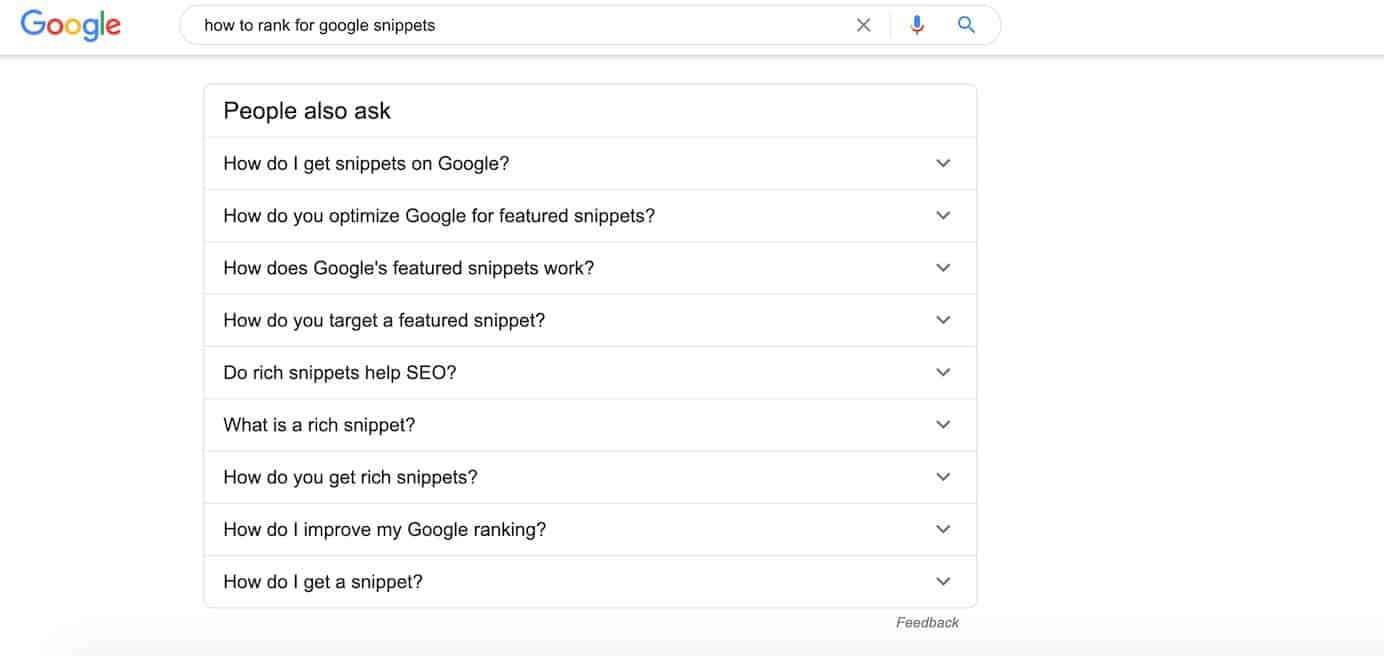
How To Increase Website Traffic Through Advertising
Here’s how to increase website traffic fast: buy ads.
When configured properly, pay-per-click (PPC) ads bring in a stream of relevant traffic for a low cost.
1. Facebook Ads
Register a business account on Facebook Ad manager to promote your website to the platform’s audiences. You can start with just $5/day and run different types of ads such as:
- Image ads
- Video ads
- Retargeting ads
- Lead Generation Ads
- and more!
2. Instagrams Ads
Instagram lets you run ads in Stories, in the users’ newsfeed, and on the Explore page. Amazing visuals are the key to a winning Instagram ad.
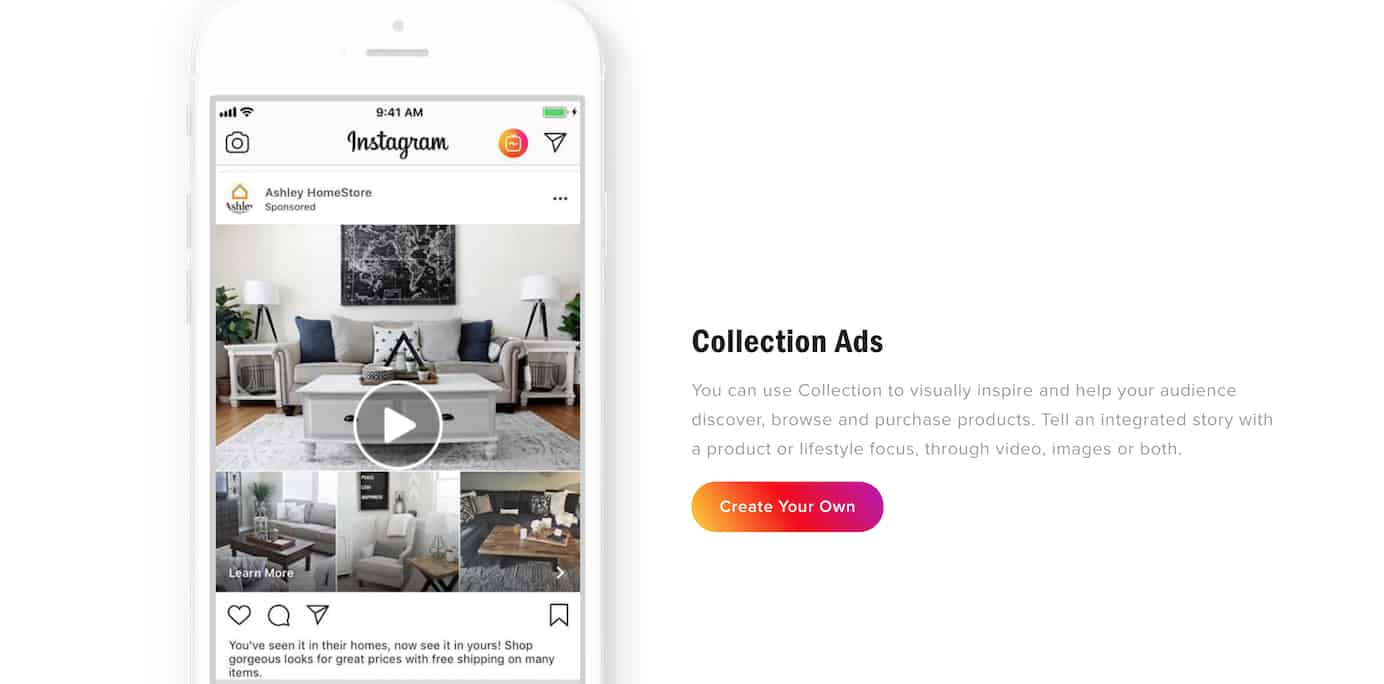
So use them to promote your products, rather than just content.
3. Pinterest Ads
Pinterest is a great place to promote both your products and platform. If your target audience is primarily women, you can’t find a better place to advertise.
The supported ad formats include:
- Sponsored image and video pins
- Carousel pins and ads
- Shopping ads
- Collection pins and ads
- Sponsored story pins
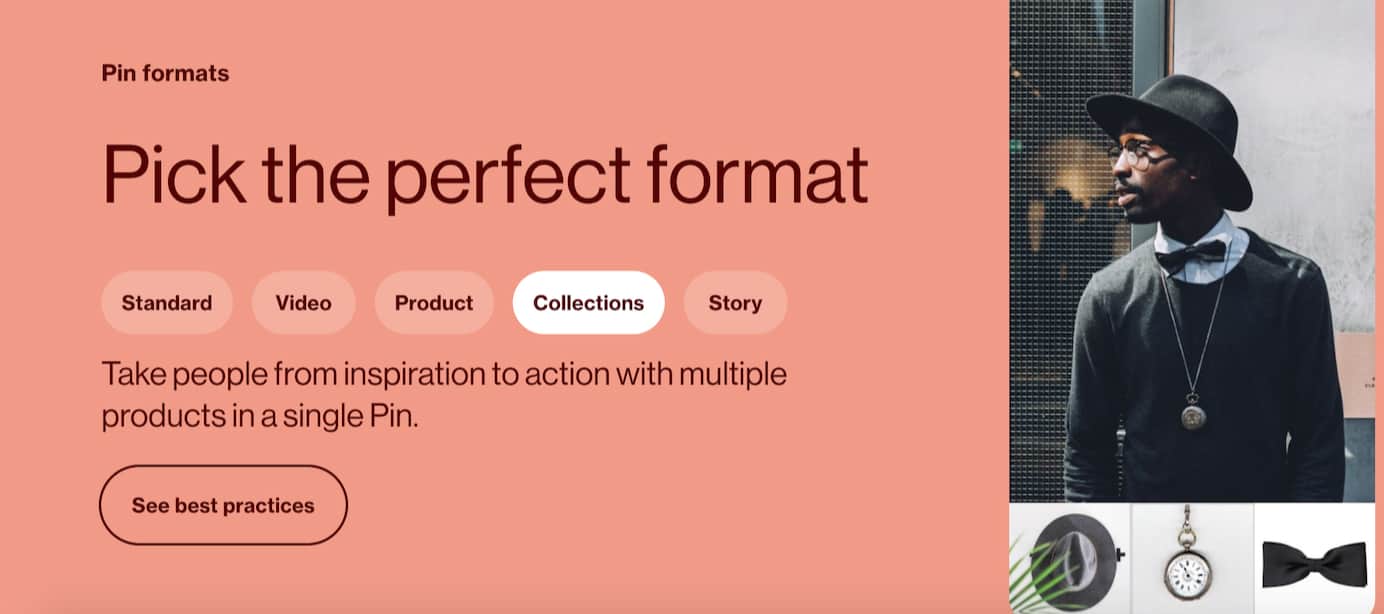
4. Google Ads
For those wondering how to increase website traffic and sales, Google Ads are the universal answer.
The platform has the most comprehensive range of ad tools, targeting, and analytics capabilities. Plus, Google lets you run a range of cross-channel ad campaigns from a single interface:
- Search campaigns
- Video campaigns
- Shopping campaigns
- Display campaigns
- App promo campaigns
5. Twitter Ads
Twitter ads are a cost-effective way to promote your latest posts to more people. You can purchase sponsored tweets, videos, or conversation cards to distribute your content to a specified audience and monitor all clicks/interactions.
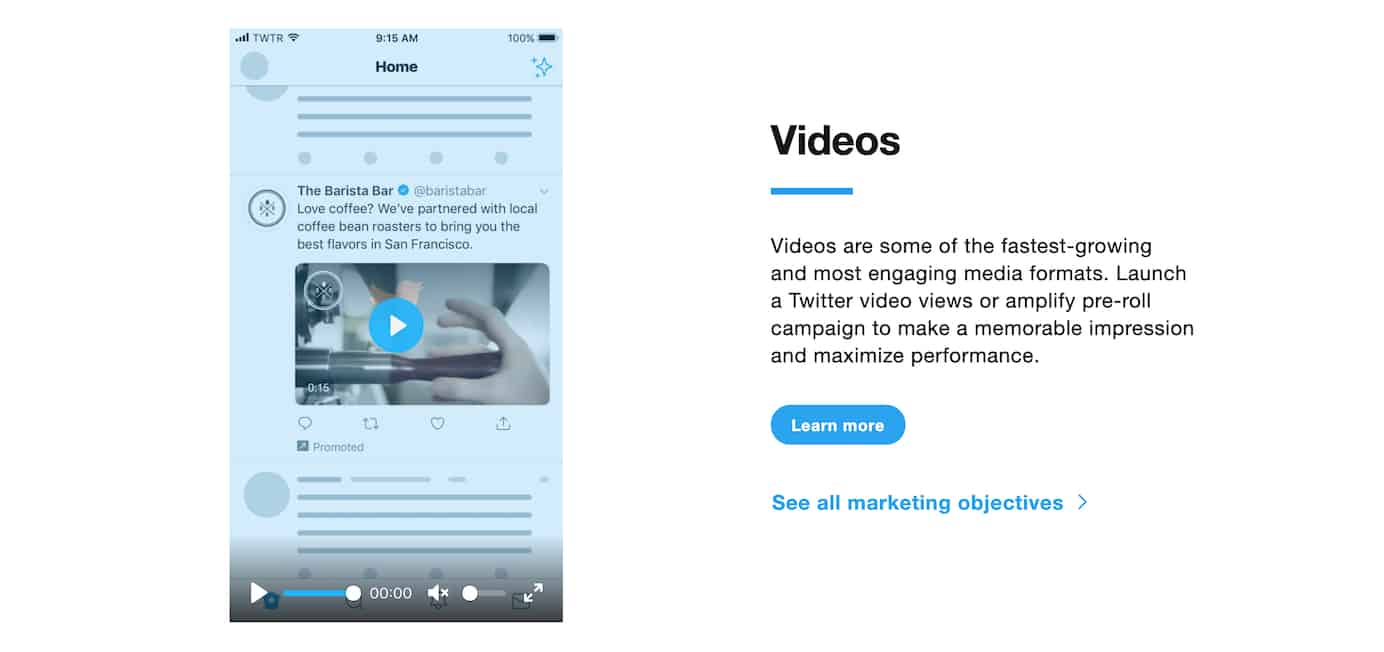
6. Reddit Ads
Reddit is dubbed as the front-page of the Internet since this community gave a head-start to a lot of popular memes, pop culture trends, and even companies.
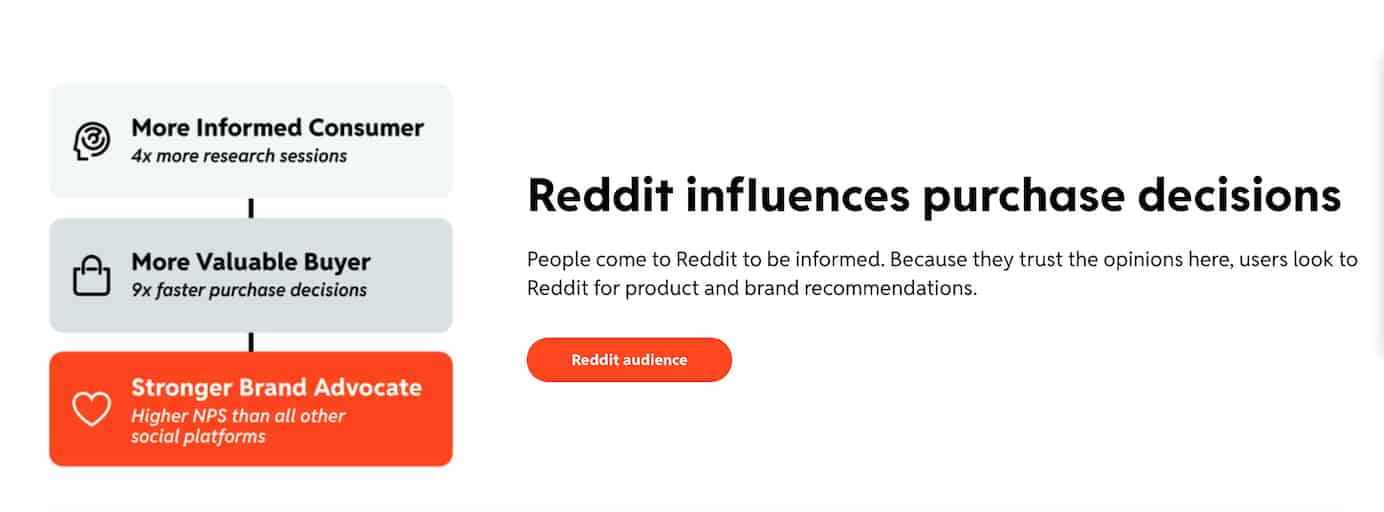
But the local crowd has a low tolerance for blatant self-promotion. Reddit ads are a good alternative to building a presence on this platform.
How To Increase Website Traffic With Email Marketing
Email is a channel where you can have a private conversation with your website visitors. Unlike public channels, with email, you have full control over the reader’s attention. And this makes email super valuable ROI-wise.
1. Start a Newsletter
A website newsletter is the first step to building and growing your website list.
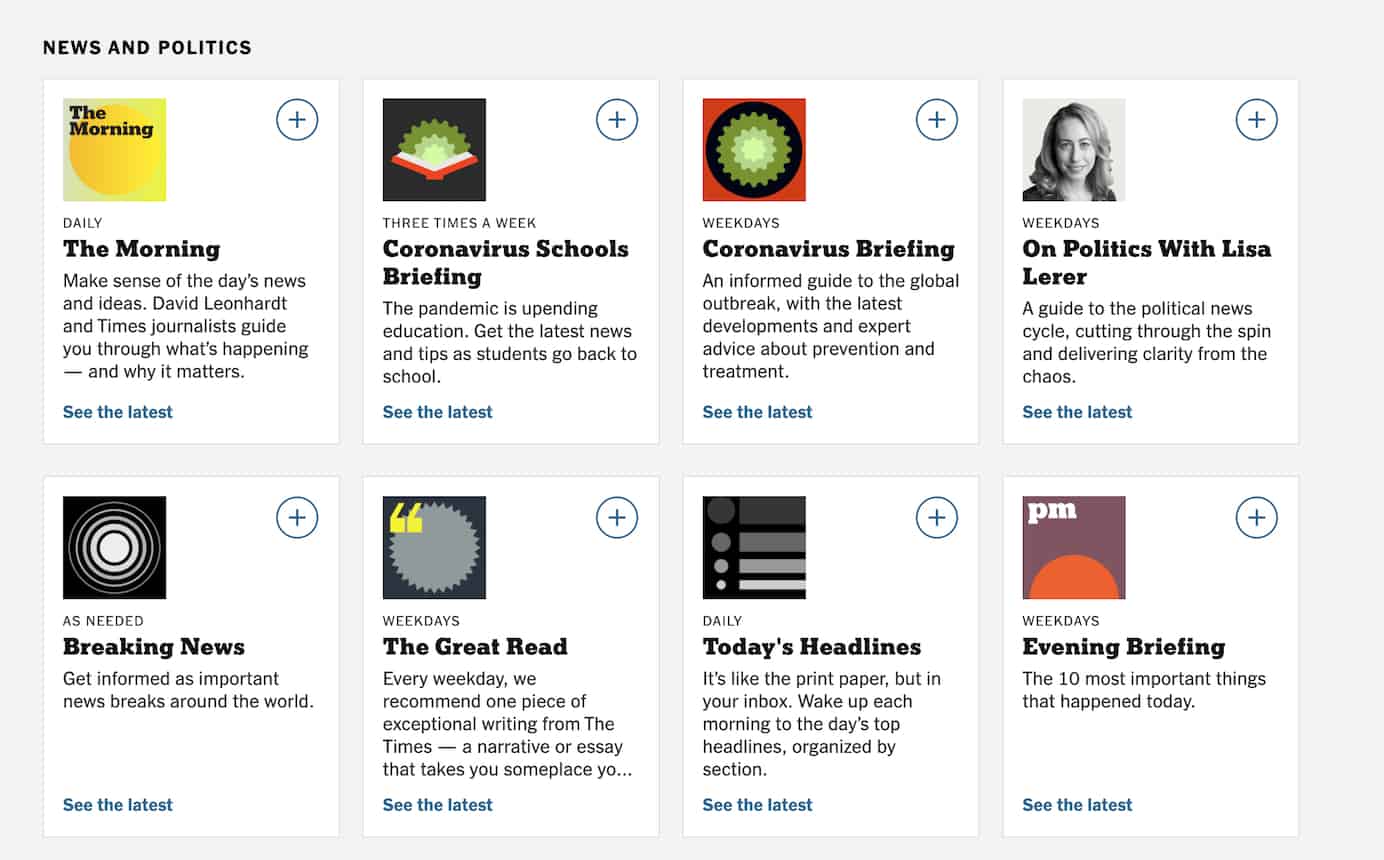
Add an on-site email form on your website, collect emails from your readers, and send them updates whenever you are publishing new content (or less frequently).
2. Create a Welcome Sequence
A newsletter welcome sequence is a quick way of introducing your readers to your brand, plus showcasing some of the best content on your website.
A typical welcome sequence includes:
- Subscription confirmation email
- Introductory email
- Personalized follow-ups

3. Design Content Upgrades
Content upgrades are complementary ‘add-ons’ to your on-site content that you give away in exchange for a user’s email. It’s a highly effective way to grow your email list.
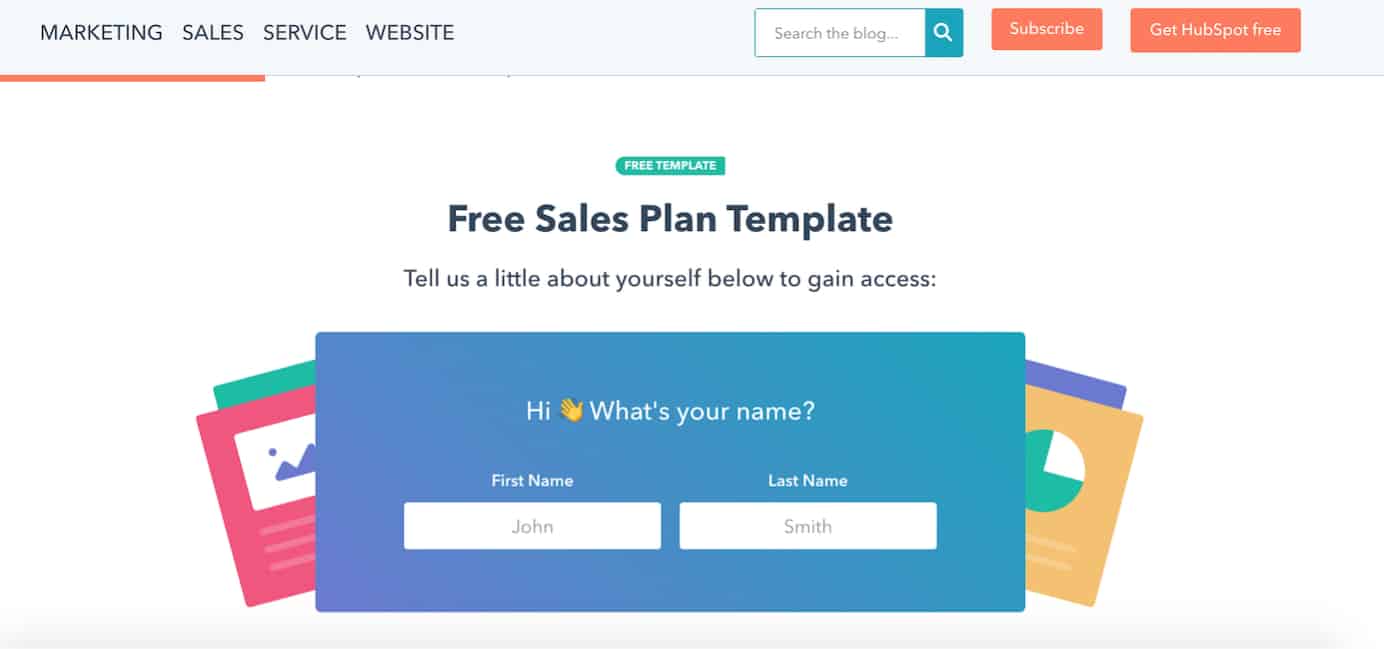
4. Create an Email Referral Program
Reward your readers for spreading the good word on your behalf. With an email referral program, you can tap into the collective promotional power of your audience to increase newsletter sign-ups, and then — website traffic.
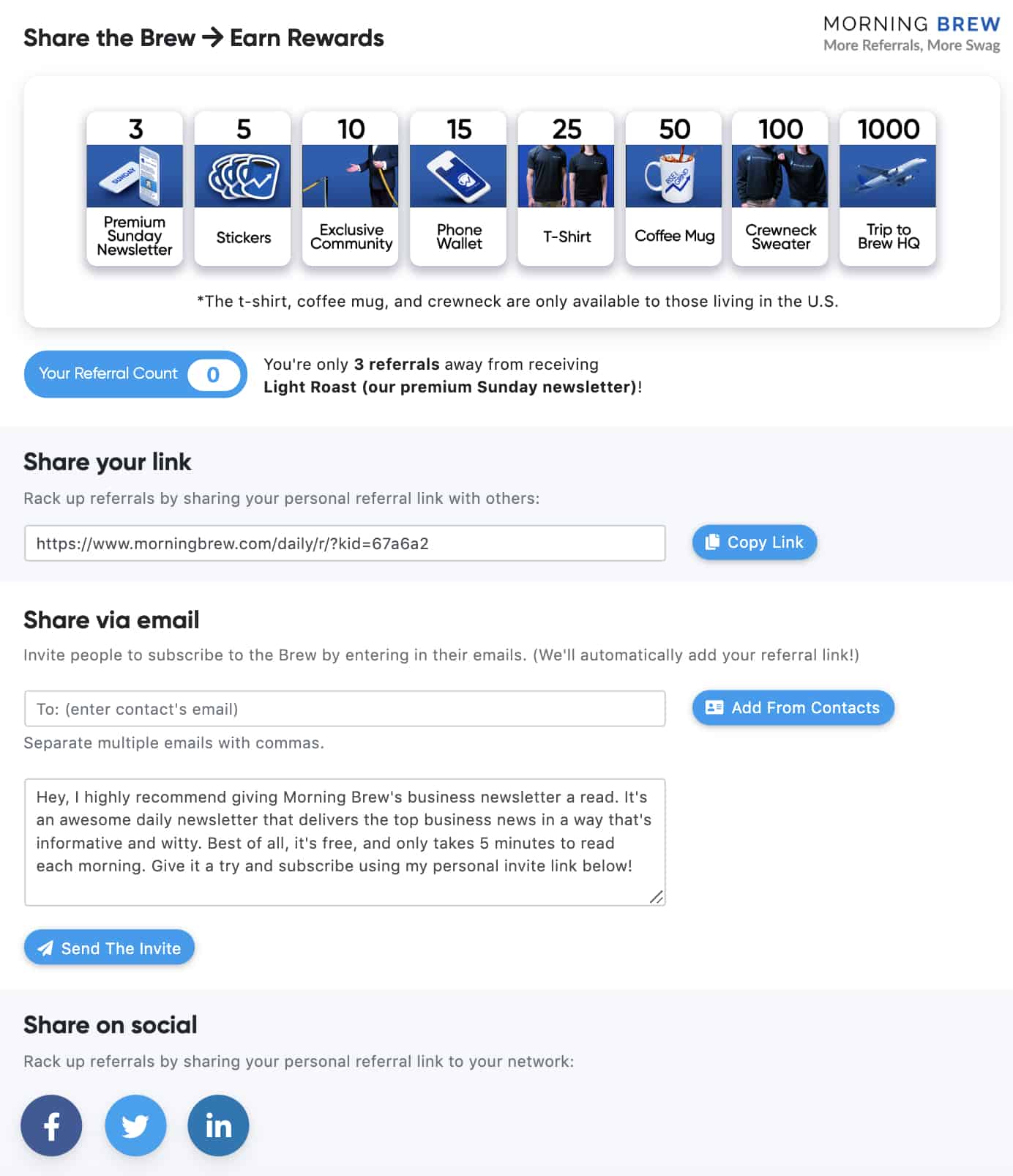
5. Personalize and Automate
Effective email marketing is all about personalization. You need to strategically segment your audiences and create automated email sequences for them around their interests/needs if you want to maintain a steady stream of traffic.
The following email marketing platforms can help do that:
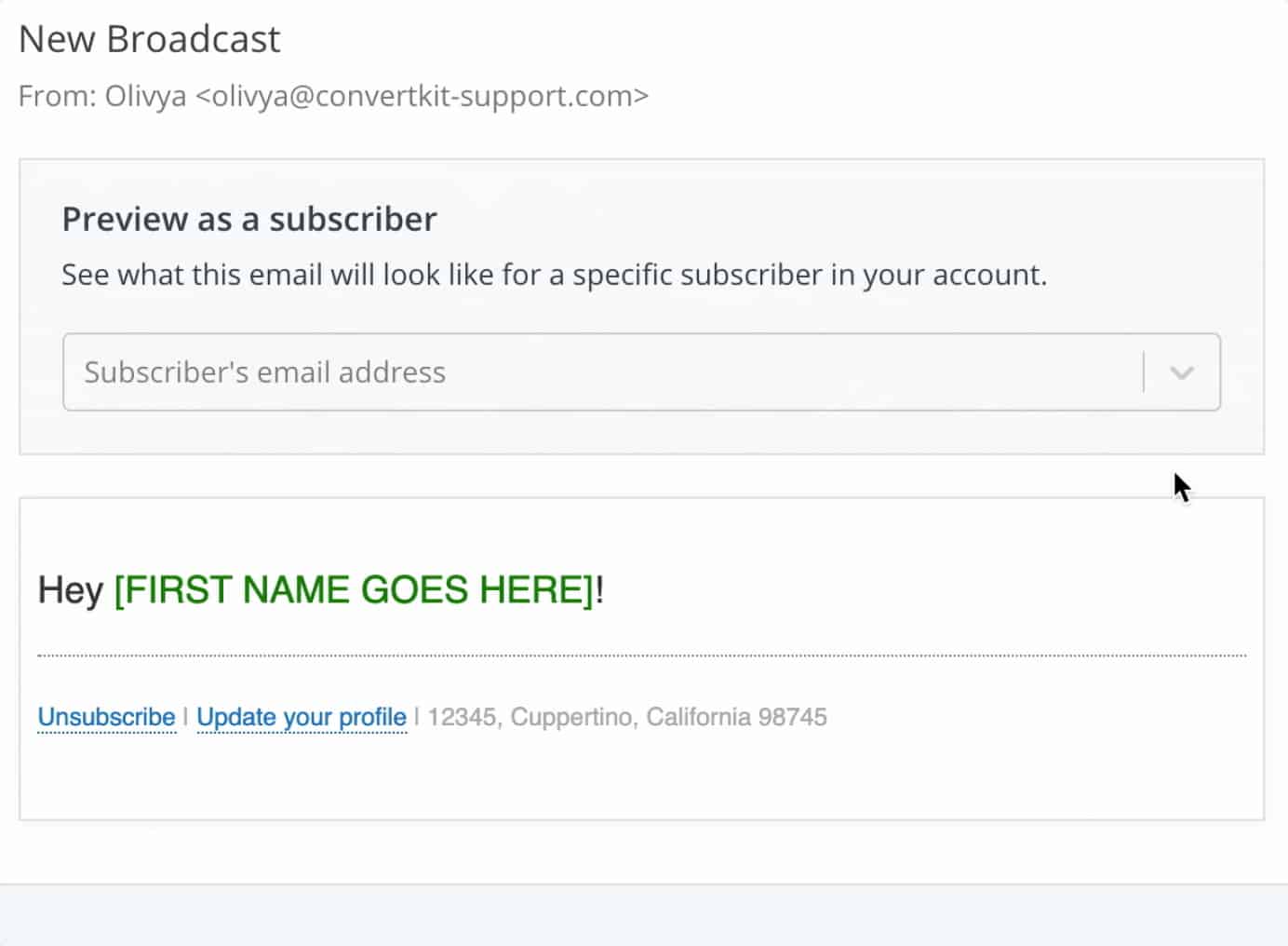
How To Increase Website Traffic Through Social Media Marketing
You can run ads on social media platforms or you can promote your high-quality content for free to an organic follower base you’ve built.
1. How To Increase Website Traffic Through Facebook
The best way to increase website traffic with Facebook is to start a Facebook community in your niche and curate relevant content from your blog.
Also, you can:
- Post updates on your Facebook business page
- Share links in Stories
- Publish announcements on your personal profile
2. How To Increase Website Traffic Through Twitter
Twitter threads offer the best opportunities to generate traffic. Break your big post into tweetable advice and share it on your profile with a link in the last tweet:
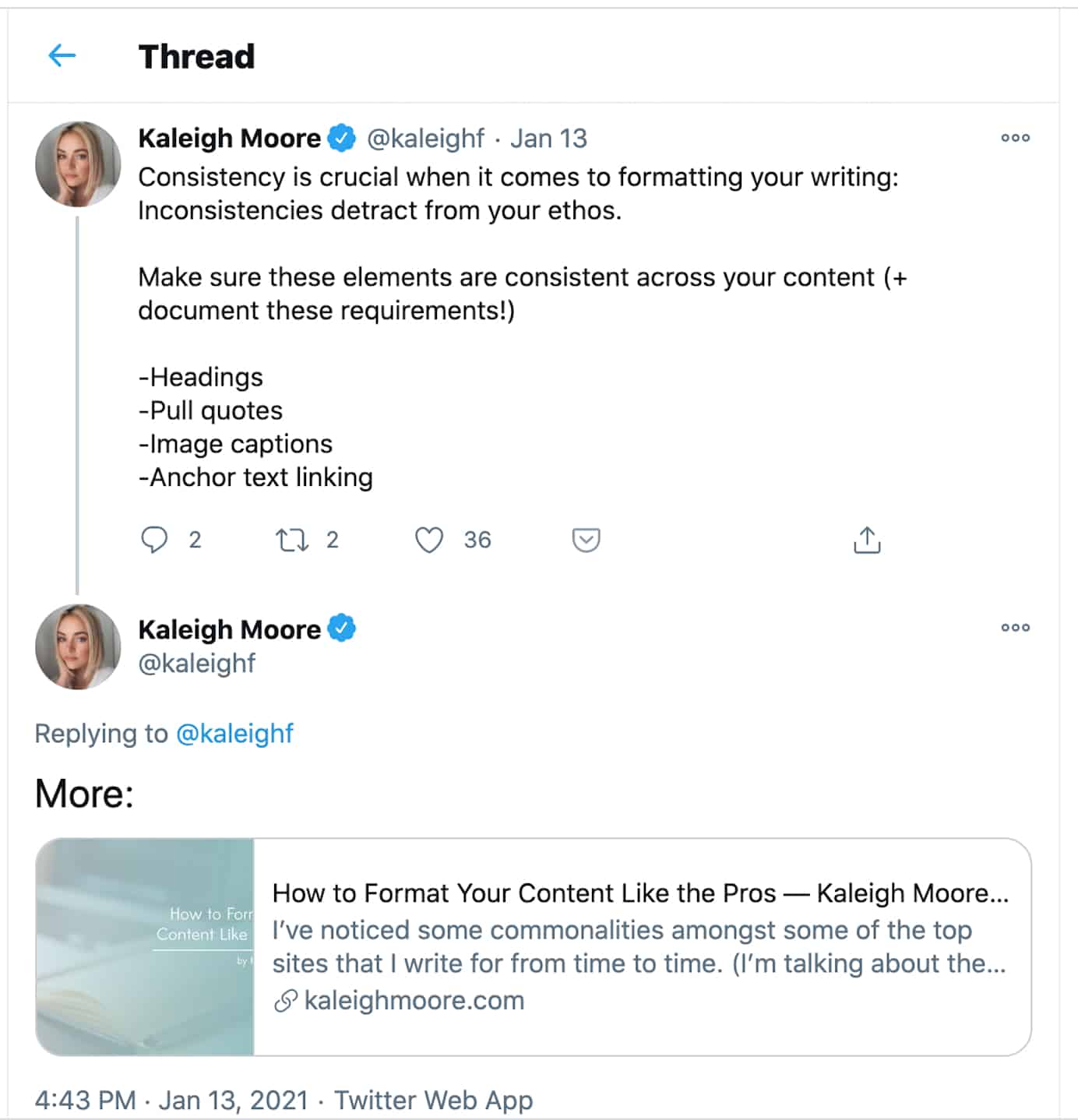
3. How To Increase Website Traffic Using Pinterest
To use Pinterest for traffic, great visuals are key. Make sure that every blog post you publish comes with a high-quality Pinterest image.

Then pin it to your personal boards and re-share it to relevant group boards.
4. How To Increase Website Traffic Through Instagram
Instagram doesn’t offer many linking opportunities. So you need to be strategic:
- On your profile: Use a social media reference landing page builder to include a collection of links.
- On stories: You can share swipe-up links to your website once you reach 10K followers or convert to an Instagram Business account.
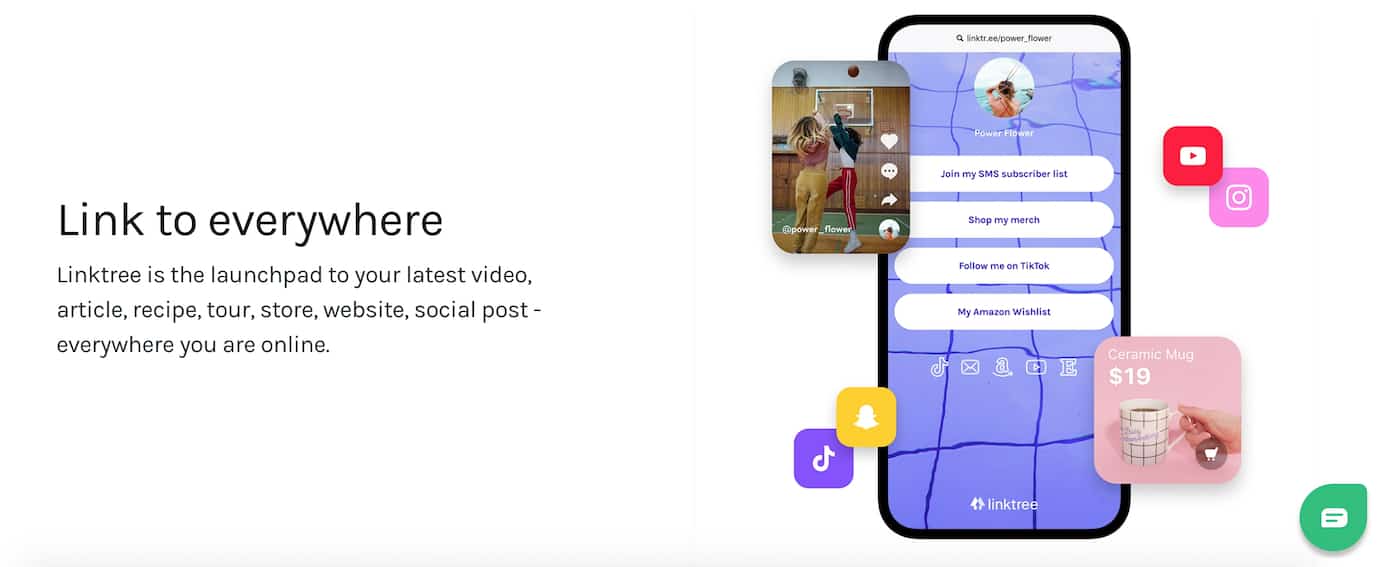
5. How To Increase Website Traffic Through LinkedIn
LinkedIn is the place to be for promoting B2B content. To connect with other professionals you can:
- Publish status updates (with links, tests, and videos)
- Share relevant content in LinkedIn groups
- Publish thought leadership articles
All of the above help you build your brand, plus drive traffic back to your website.
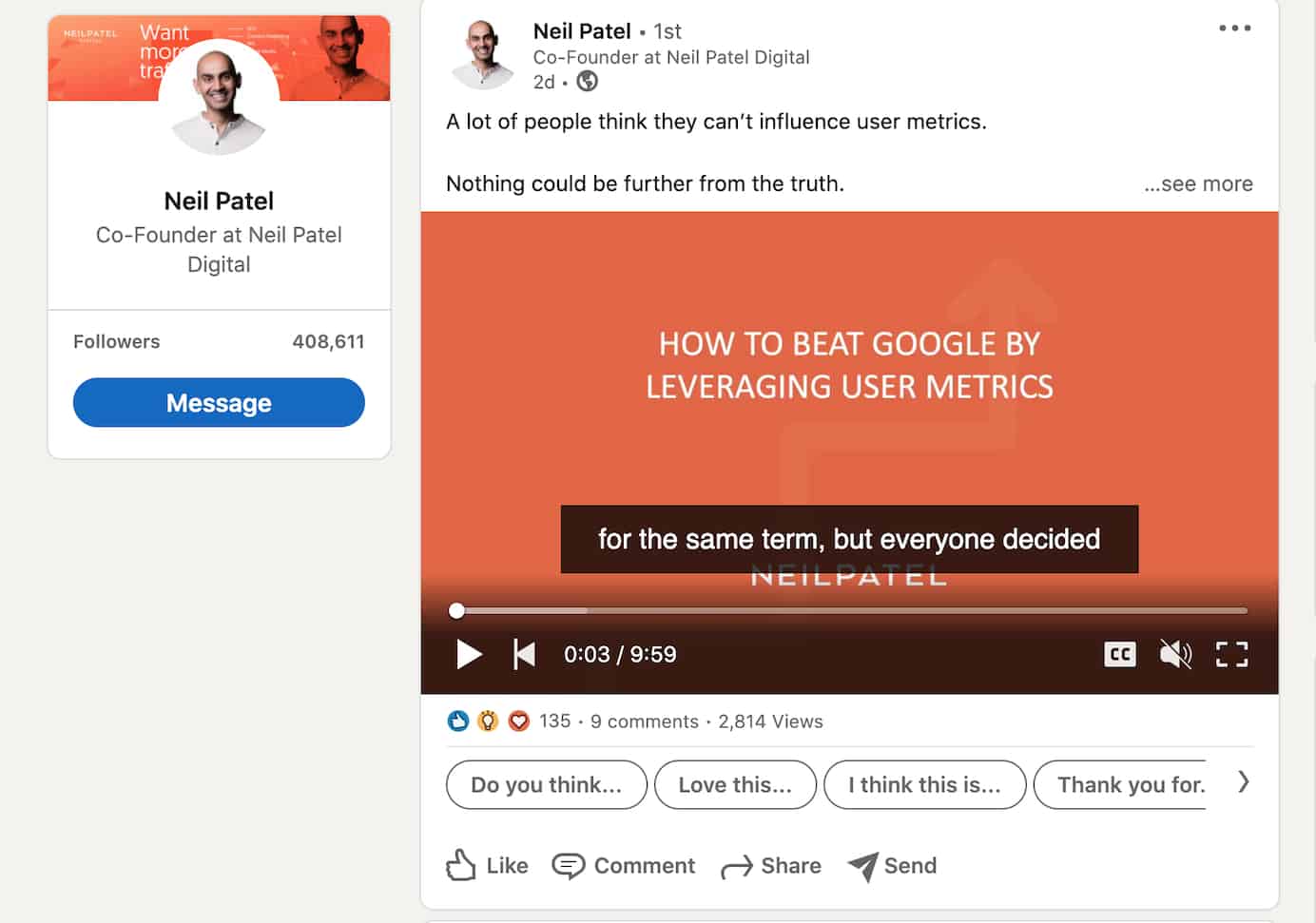
6. How To Increase Website Traffic Through Reddit
To get a shot at earning traffic from Reddit, you first need to build your account karma by contributing to community discussions.
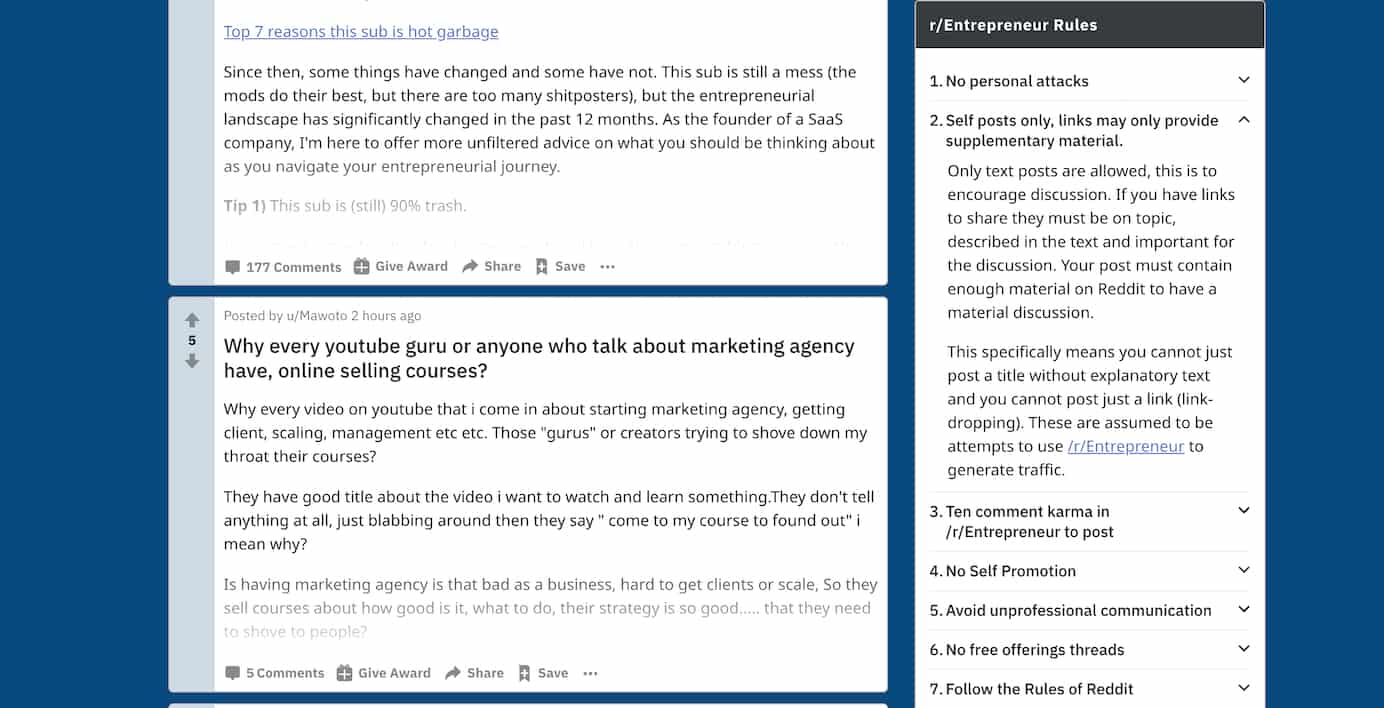
Follow Redditiquette correctly and do not try to sneak in promo content unless it’s allowed by the subreddit rules.
7. Organize Contests and Giveaways
Everyone loves a freebie, especially on social media. To grow your following and drive brand awareness host a simple content or giveaway for your audience.
For example, you can:
- Ask to tag X friends
- Request to re-share post X times
- Prompt to use your branded hashtag
- Create & publish submissions and @you

How To Increase Website Traffic With Influencer Marketing
By 2022, over $15 billion will be allocated towards influencer marketing. Why? Because influencer marketing campaigns have proven to driven significant ROI both in terms of brand awareness, traffic, and sales.
If you want to jump on this bandwagon, here’s where to begin:
1. Send Free Samples To Influencers
In influencer marketing, the standard rules of PR apply.
If you want to get some buzz, create a mailing list of influencers and share free product samples or free access to services with them. Most will likely share their experience with their followers for free.

Alternatively, you can pay for a sponsored product placement or mention. But this will require a bit more courting.
2. Reach Out To Bloggers and Press (Outreach)
If you don’t want to give away products or broker advertising deals, you can try organic outreach.
Create a database of people who regularly write about your niche (journalists, bloggers, other businesses) and start building a relationship with them.
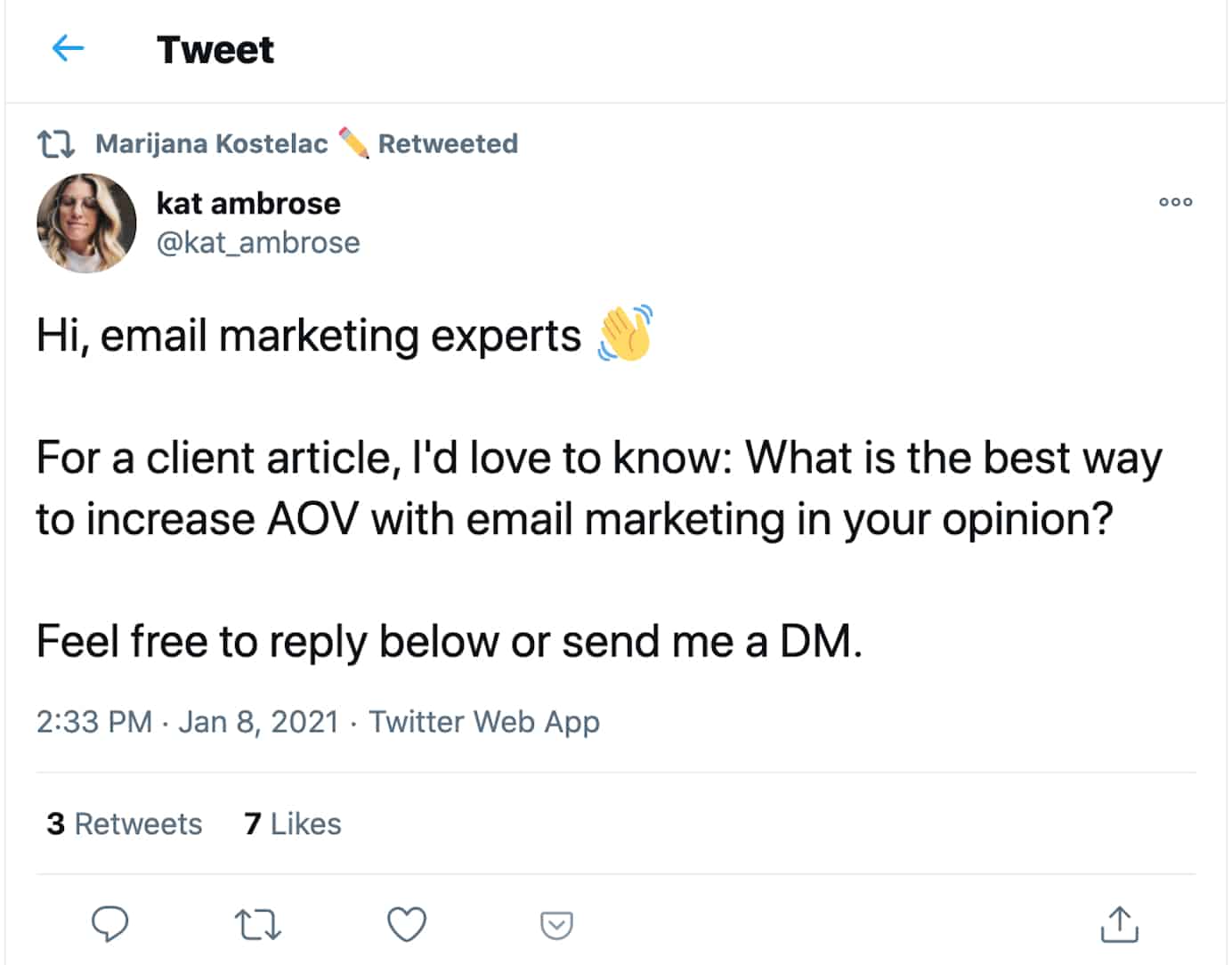
Twitter is a particularly great network to pitch ideas to publishers or discover quote requests.
3. Write a Blog Post Featuring Influencers and Their Advice (Expert Roundups)
Once you have nurtured a couple of good connections, ask them to contribute to your blog. Set a theme, pose a question, and collect answers from your expert panel. Then format all the replies into an expert round-up post.
Ask all the participants to share it on social networks:
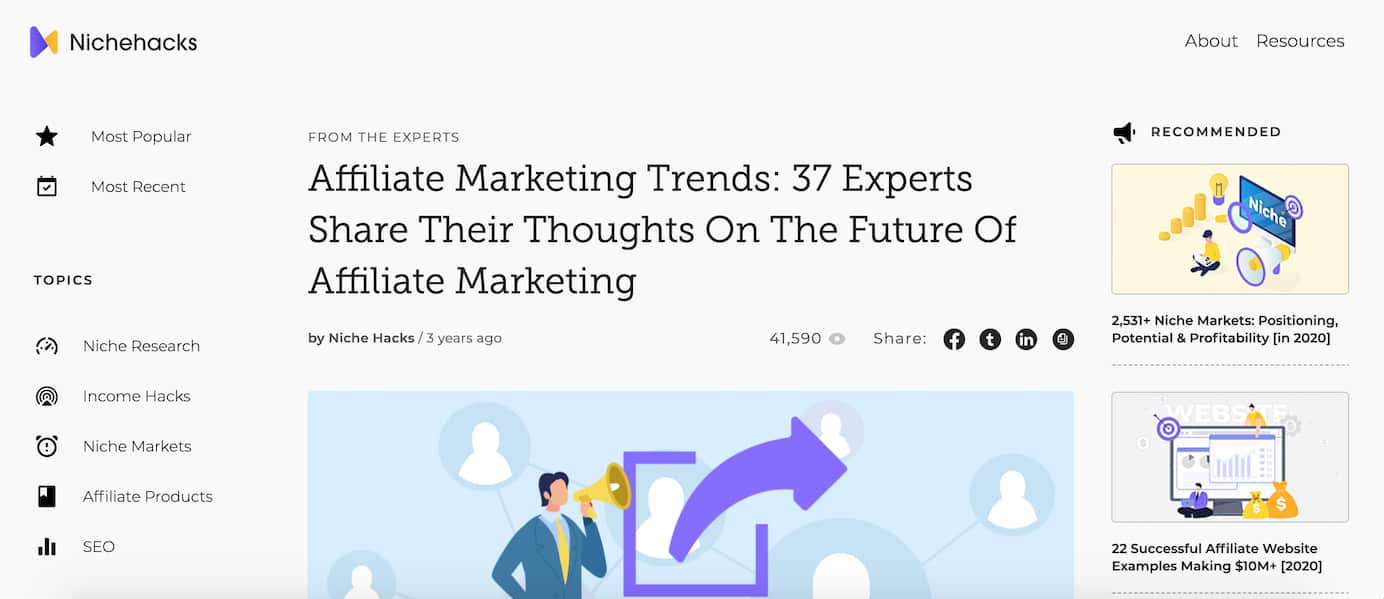
How To Increase Website Traffic Using Online Communities
Communities foster a “network effect”. A post gets shared in one place, then picked up and re-read by others, reaching more and more eyeballs with each new vote or share.
So if you want to create viral content, you need to become active in different online communities:
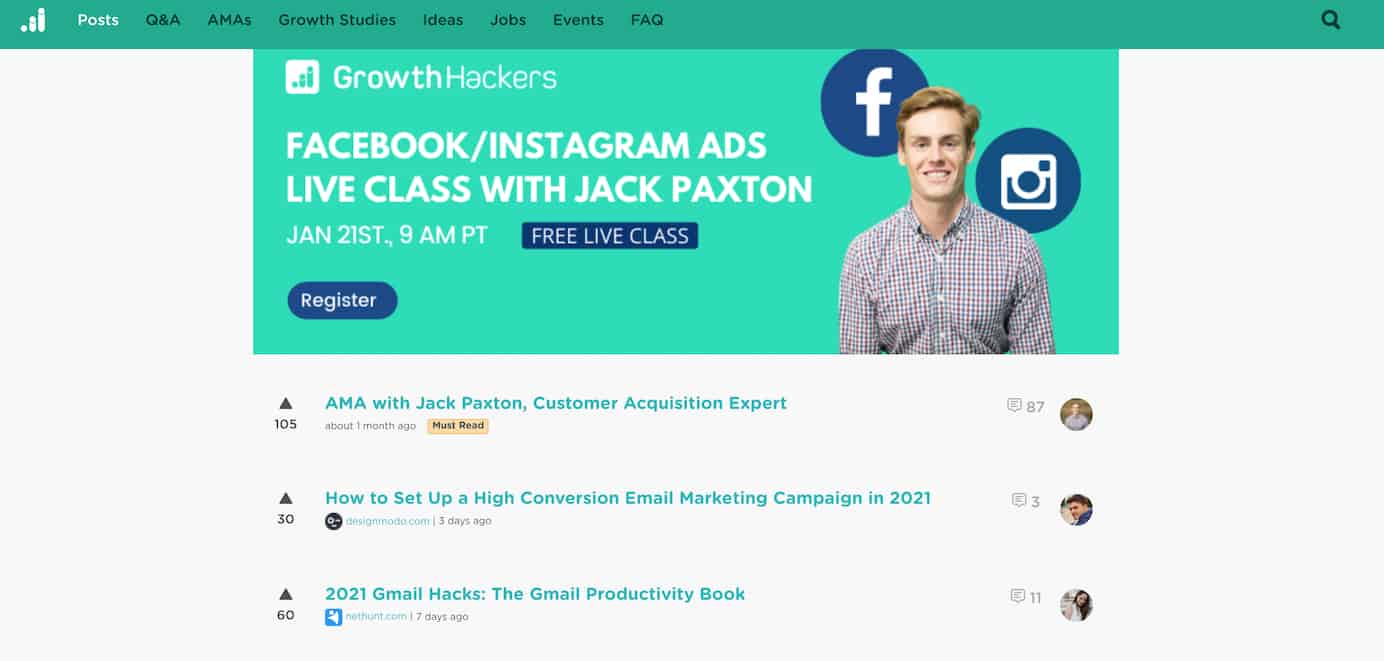
List of Online Communities You Can Use for Promotion
Apart from Facebook & LinkedIn groups, and sub-Reddits, you can also promote your content in these niche communities:
- Discord
- Hacker News
- StackExchange
- Quora
- Public Slack groups
- Growth Hackers
- Zest.is marketing community
- Moz community
- Marketing Profs community
- Designer News
